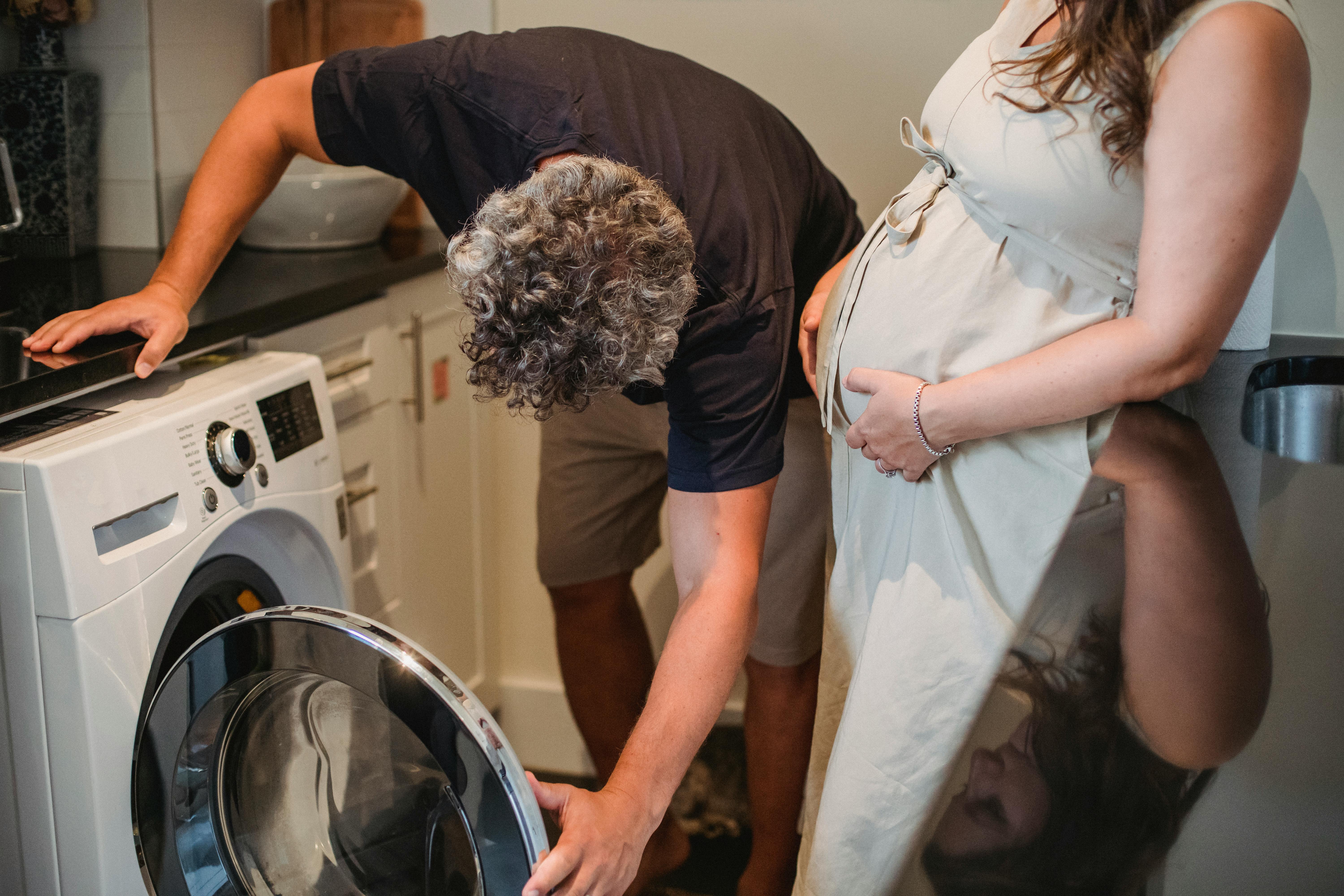You may ask what a planter wart is and how it affects the body. Among warts, this is the most painful if not treated right away.
Planters wart is a wart that appears on the soles of the feet. This type of wart can occur in groups, which makes it known as a group wart. It is painful on the sole because it grows inward rather than outward due to pressure on the feet.
Planters wart is not cancerous, it is only benign in nature. It is caused by a virus known as human papillomavirus that penetrates the broken skin on the soles of the feet. It usually survives in hot and humid environments such as swimming pools, locker rooms, or shower areas in most public places. It can be easily transmitted through people in contact with common areas or people who generally share a common bathroom or bedroom area.
How would you know if it is a planter’s wart? A planter’s wart is gray or brown in color, has a rough, fluffy surface, and has small clotted blood vessels that look like dark spots or spots. Only a small part is above the surface of the skin and most of it is under the skin of the feet. It can grow larger and become clumps of warts; it can even extend to the entire soles of the feet.
Immediate removal of the wart from the pots is recommended, as if left untreated, it can cause the person more problems and more pain. How would you effectively treat and remove wart from pots?
Dermatologists can suggest different options for the removal of these warts, depending on your case and your specific needs. There are natural methods that can be used to remove these warts that are not as expensive as prescription drugs or surgical procedures. If you opt for a natural method, one way to get rid of these warts would be for us to use a treatment that contains all-natural ingredients, such as natural oils and fruit peels or extracts. If you want to use medicinal solutions such as cream, salicylic acid, or other antiviral solutions, ask your dermatologist for recommendations. You can also inquire about modern techniques surgeons use to remove warts, such as laser, cryotherapy, or surgery.
Your dermatologist should examine your planter’s wart first so that he or she can recommend the right type of solution for your condition. Planter warts are not easy to remove, whatever method and medication you choose should be in accordance with your dermatologist’s recommendations.
It is possible to prevent the shrinkage of planter warts. You should avoid walking barefoot, especially in public places like public restrooms, public showers, and other wet terrain. Always wear clean socks and shoes; make our socks. Always keep your feet dry and clean. You should also avoid direct contact with someone else’s body parts that are infected with warts.
If you are confused or concerned about a skin growth on your skin or want to know more about warts and other skin problems, it is always best to seek the advice of a professional dermatologist.
